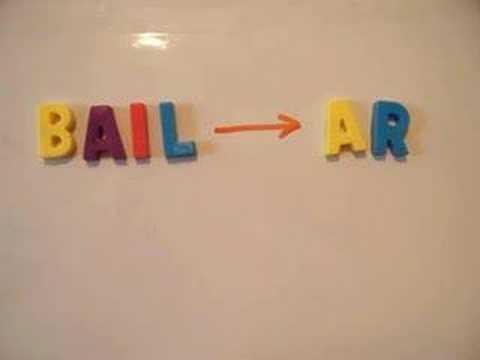Today’s Spanish tip are about some of the more commonly used verbs.

Bailar -the word “to dance” with its root and -ar ending that gets conjugated
As a grammar review, a verb is an action word -something that the subject of the sentence does. In English the “infinitive” of a verb starts with “to”. For example: to be, to do, to have, to go, to know, to want, to run, to sing, etc. In Spanish, the word “to” or “a” is not usually used to designate the infinitive. Instead, they end in “r” for example:
Estar- To be (temporarily)
Ser -To be (more permanently)
Hacer -To do
Tener- To have
Ir- To go
Saber -To know (something)
Conocer -To know (someone or some place)
Querer- To want
Correr -To Run
Cantar -To Sing
In English, conjugation of verbs is nearly non-existent except in “to be” which is a very IRREGULAR verb. For example (present tense):
To Be:
I AM
You ARE
He/She/It IS
They ARE
We ARE
In other English verbs the conjugation is simpler.
To Sing:
I SING
You SING
He/She/It SINGS
They SING
We SING
(Notice the only change is is the he/she/it with the s at the end)
In Spanish it’s a little more involved, but fairly easy to learn to conjugate. For a simple regular Spanish verb, here are the basics:
Cantar (to sing)
Cant-ar -The beginning part or root stays the same. Cantar is considered a regular -ar verb. The ending -ar is the only thing that will change:
Yo canto
Tu cantas
El/Ella/Usted canta
Ellos/Ellas/Ustedes cantan
Nosotros cantamos.
Other examples of regular -ar verbs include: caminar (to walk), parar (to stop), bailar (to dance).
Other verbs are -ir or -er verbs. Like the regular verbs escribir (to write), leer (to read).
Yo escribo
Tu escribes
El escribe
Ellas escriben
Nostotros escribimos.
Notice that only the “yo” or “I” form is still just an “o” the rest have changed because of the verb.
-Ir and -er verbs are very similar in their conjugations.
Yo leo
Tu lees
El lee
Ustedes leen
Nosotros leemos.
The only real difference here is in the “nosotros” (we) form where it stays an “e” whereas with the -ir verb it matches with “i”.
In Spanish, unlike in English, you do not always need to say they subject because the conjugation (usually) tells you who is talking to whom. So you can leave off the “yo” when you say “leo” it is implied that “I read”.
Examples in a sentence:
Leo una parte de un libro cada noche despues de caminar o cantar.
(I read part of a book every night after walking or singing.)
Notice that in this case the gerund form and the infinitive are the same. In English these change to the -ing form but not in Spanish. In your everyday world notice that “No Smoking” in Spanish is “No Fumar” instead of “No Fumando” which would be the gerund form.
Ustedes necesitan escucharme bien. Voy a escribir un blog fantastico acerca de conjugar verbos y pienso que toda la gente en el mundo va a leerlo.
(You all need to listen up. I am going to write a fantastic blog about conjugating verbs and I think that everyone in the world is going to read it.) *Not really…conjugating verbs is necessary but not really a fun topic :-)*
Verbs are very important in a language. It tells what is happening. So it is important to learn to conjugate verbs in order to not speak like Tarzan. For example: “Go. Store. Food.” or “Hungry. Has. We.” That might get the point across but not very well…
